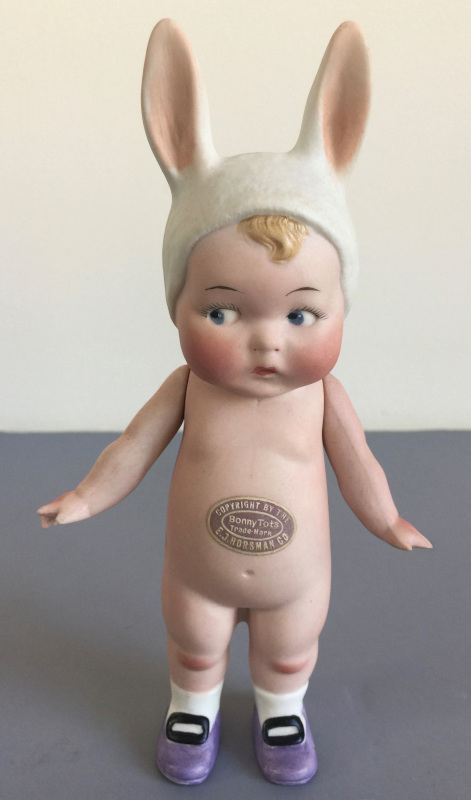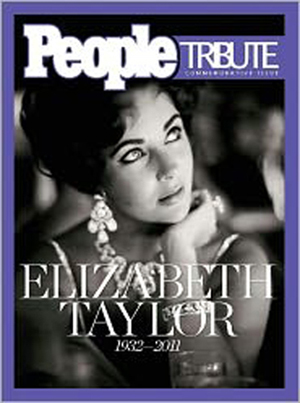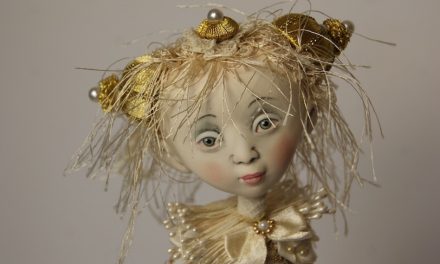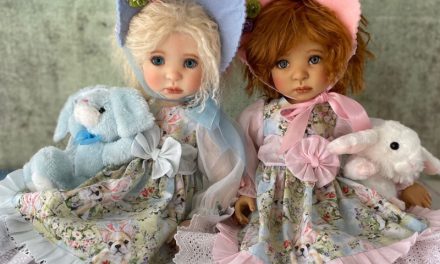By Jan Foulke

Q: I found this little all-bisque doll with a sticker that says “E.I. Horsman Co.” and “Germany.” I thought Horsman was an American company that made composition dolls. Are there two doll companies with the Horsman name?
The rest of this article can be seen only by paid members who are logged in.Have a website login already? Log in and start reading now.
Never created a website login before? Find your Customer Number (it’s on your mailing label) and register here.
JOIN HERE
Still have questions? Contact us here.






